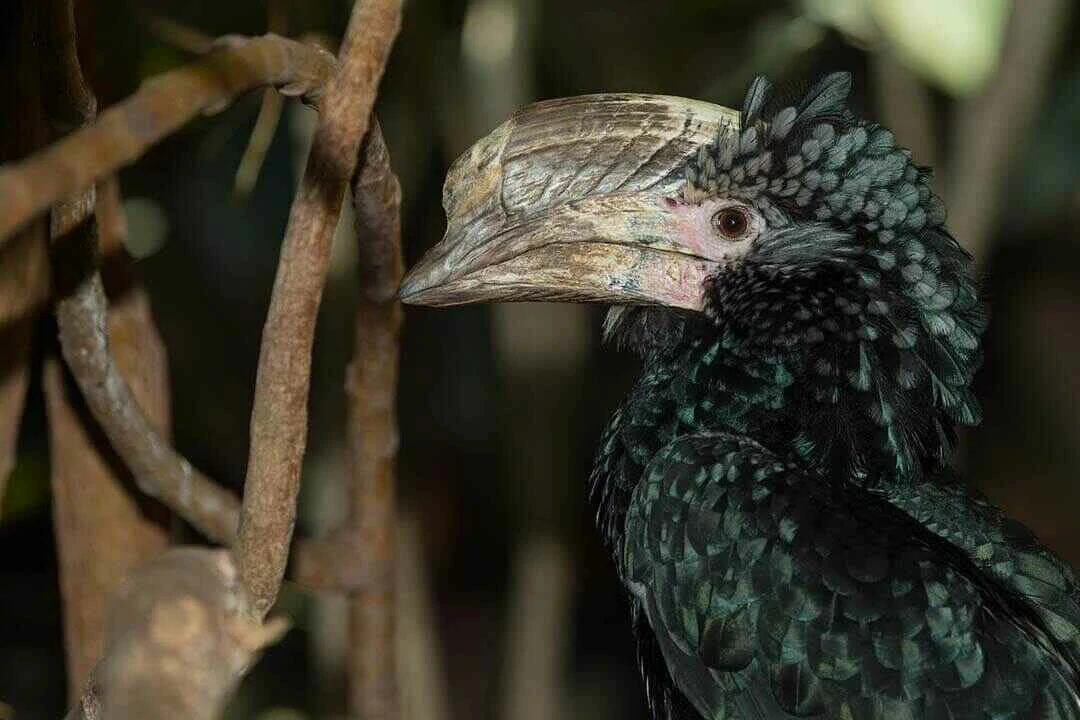
BIRDING IN
Lake Manyara National Park

BIRDING IN
Lake Manyara National Park
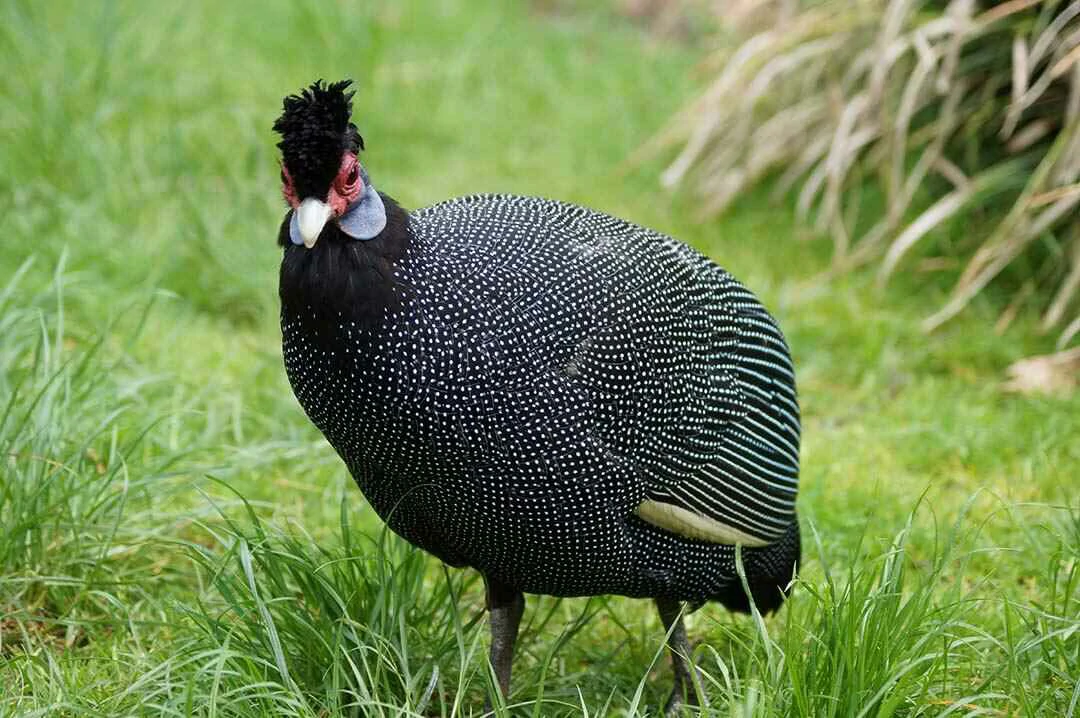
BIRDING IN
Lake Manyara National Park
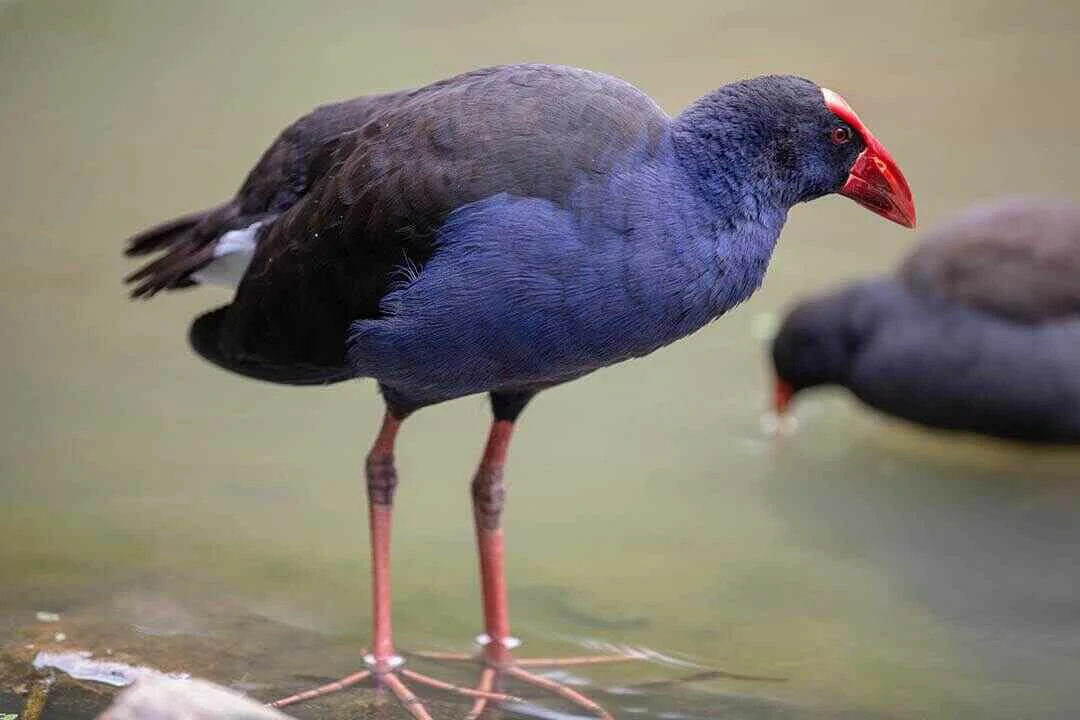
BIRDING IN
Lake Manyara National Park
The site encompasses Lake Manyara National Park, the part of the lake which falls outside the park and the Marang Forest Reserve on the escarpment above the park. Lake Manyara is 40 km long by 13 km wide and is oriented almost north - south along the western margin of the Eastern Rift, some 85 km south of Lake Natron. The escarpment rises 900 m above the level of the lake leaving narrow western shore of Acacia - Commiphora woodland with sizeable stands of forest groundwater.
The lake is generally saline (pH levels vary with rainfall) with areas of fresher water where perennial streams flow into the lake. The largest of these is the Simba River which drains from the Ngorongoro Highlands to the north-west and the Makayuni River which flows in from the east. There are extensive swamps in the north and smaller ones elsewhere associated with the minor rivers flowing off the escarpment. On the escarpment, the Marang forest is composed of montane vegetation dominated by Oleacapensis, Albiziagummifera, Podocarpuslatifolius and Macaranga sp.
More than 400 species have been recorded here and you can reasonably expect to observe 100 of these in one day. A big number of water-associated birds, including pink-backed pelicans, are easily seen around the hippo pool. When the water level is right, the lake is also home to thousands of pink-hued flamingo. More than 50 birds-of-prey have been recorded including the crowned eagle. Migratory birds are present from November to April.
Abdim's stork, African fish eagle, African grey hornbill, African hawk eagle, African jacana, African spoonbill, Baglafecht weaver, Comb duck, Crowned eagle, Great white pelican, Greater flamingo, Grey crowned crane, Hamerkop, Hottentot teal, Lesser flamingo, Little stint, Pied avocet, Pied kingfisher, Pink-backed pelican, Sacred ibis, Saddle-billed stork, Silvery-cheeked hornbill, Southern ground hornbill, Spur-winged goose, Von der Decken's hornbill, Yellow-billed stork
The best bird watching in Manyara is from November to April, when you can spot the migratory birds from Europe and northern Africa. This is also the time many birds can be seen in their breeding plumage. For wildlife viewing, the Dry season (from June to October) is best.
Our Experts are ready to provide answers

Arusha is known to support at least 411 species, including Ardeolaidae, as a non-breeding visitor in small numbers, and one species of the Serengeti plains Endemic Bird Area, as well as 11 species of the Somali - Masaibiome.
Read More
A total of 457 bird species have been recorded from the site. The area is of major importance to migratory waders from northern Eurasia, supporting about 30,000 birds.
Read More
The birdlife in Katavi is good year-round, but at its best from November to April when the migratory birds from Europe and northern Africa are present. At this time, many resident bird species are nesting and are in breeding plumage.
Read More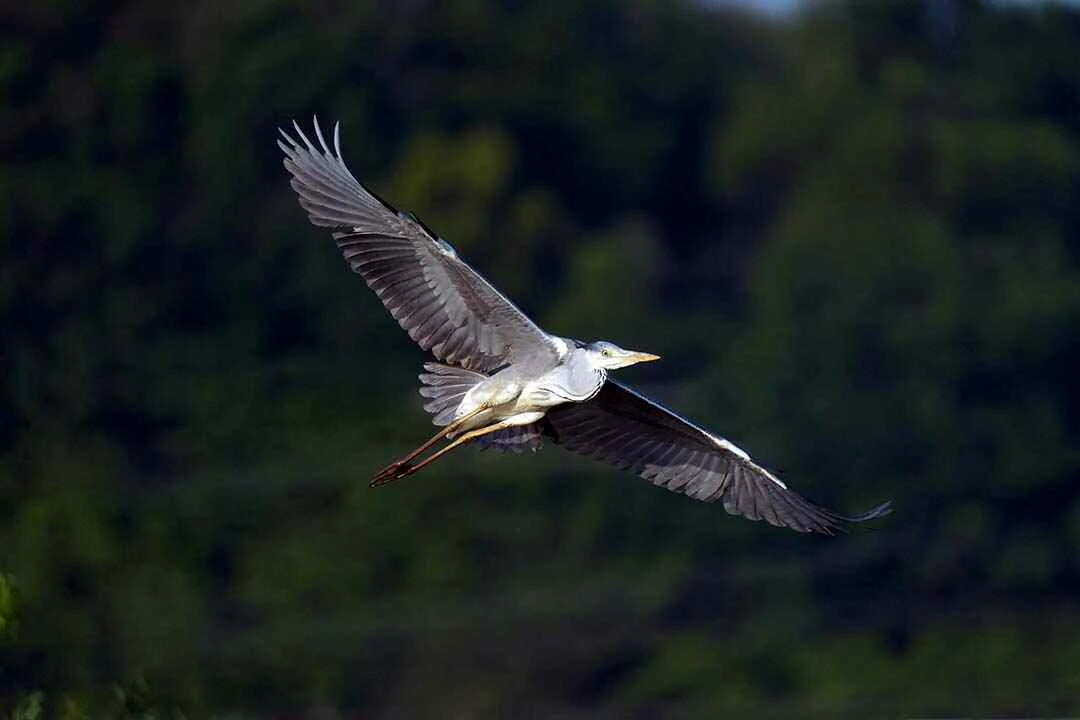
Bird species list includes only 214 species and these include three Guinea - Congo Forests biome species. An endemic subspecies of the globally threatened Apalisargentea is present here.
Read More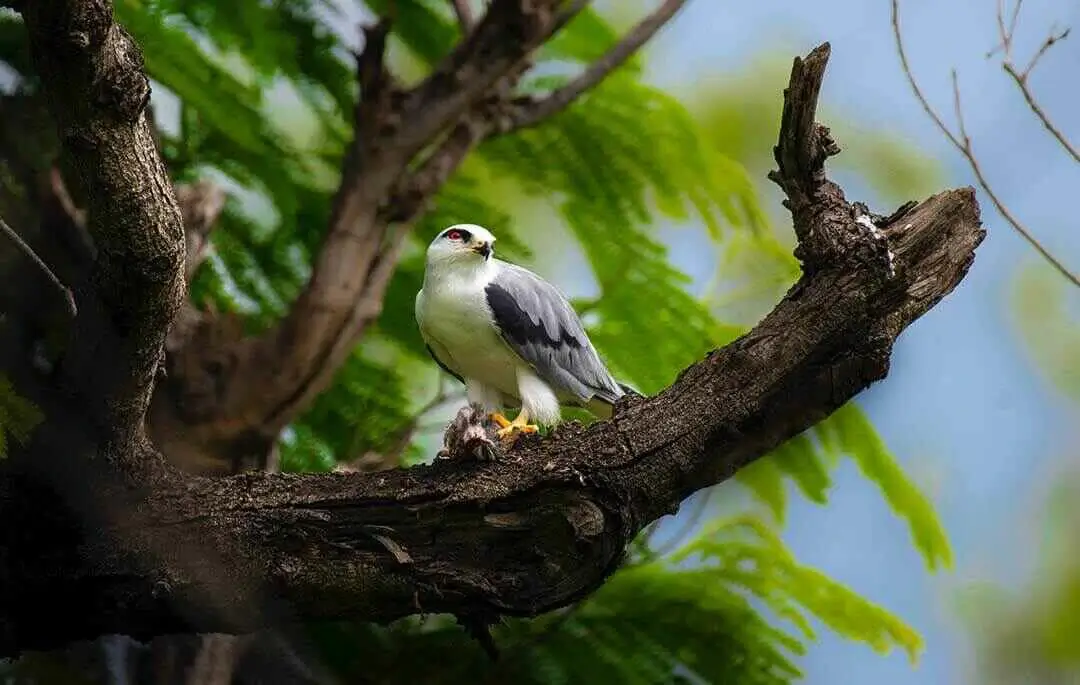
Some 393 bird species are known to occur in the area. Falco naumanni is a regular passage migrant in March and April, but there have been no records of large flocks or wintering birds.
Read More
Some 393 bird species are known to occur in the area. Falco naumanni is a regular passage migrant in March and April, but there have been no records of large flocks or wintering birds.
Read More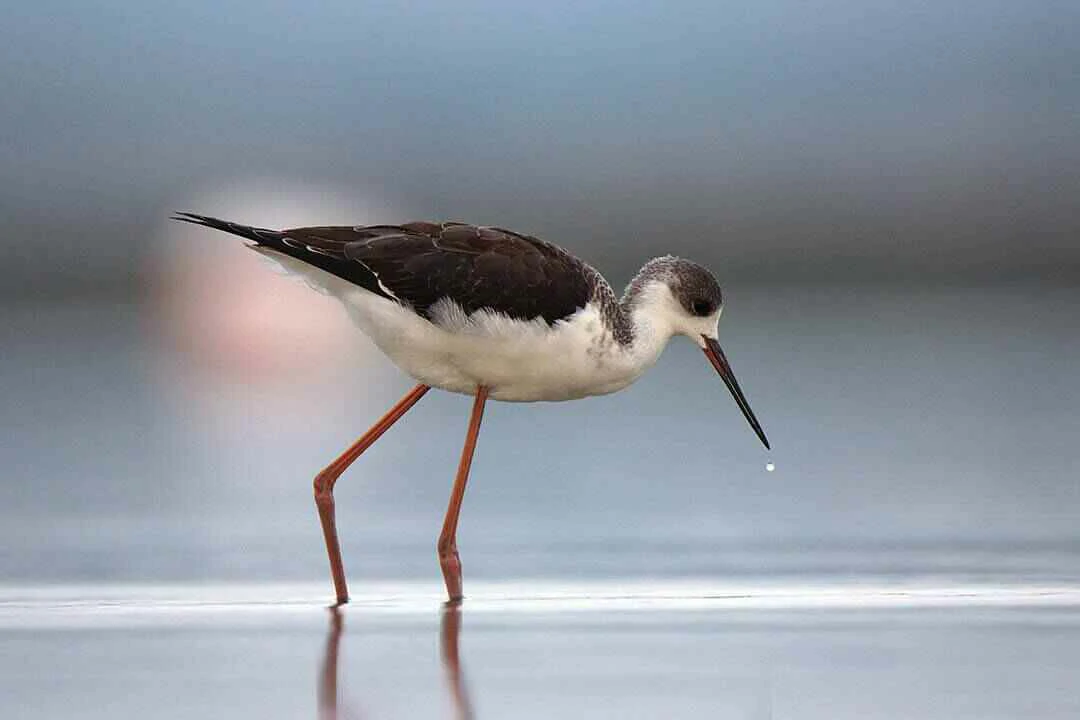
Over 500 bird species are known from the site. Falco naumanni is a passage migrant and Circus macrourus occurs on passage and in winter. Acacia woodland holds the largest known population of Agapornisfischeri, Parusfringillinus is resident and there have been recent records of Apaliskaramojae from Acacia drepanolobium woodland in the south-west of the site.
Read More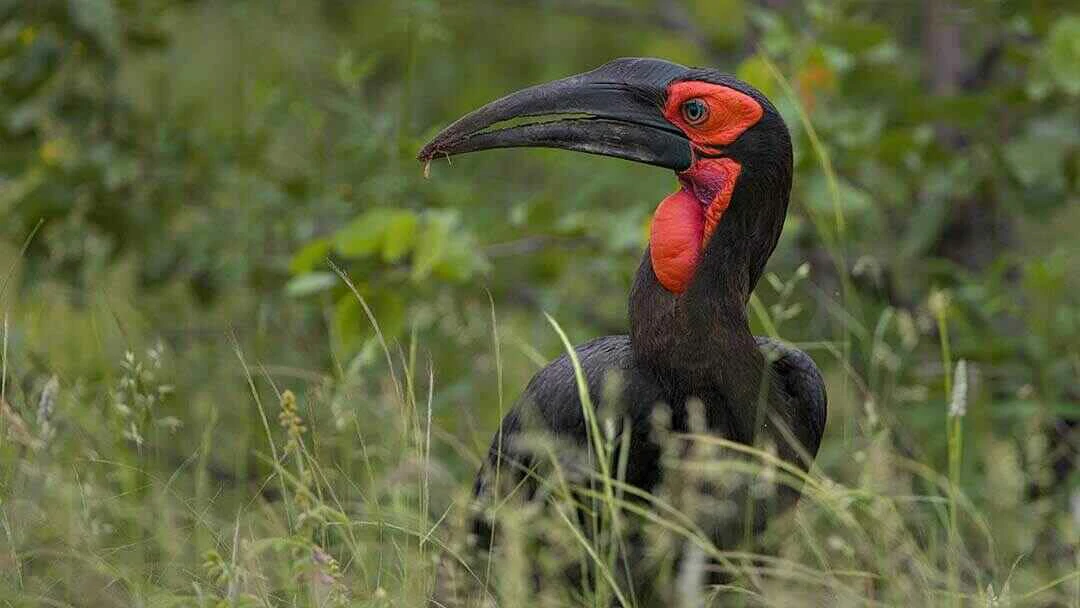
Some 410 species have been recorded for the park, but this figure is almost certainly incomplete as only the main tourist areas are well known. This total includes seven species of the Zambezian biome.
Read More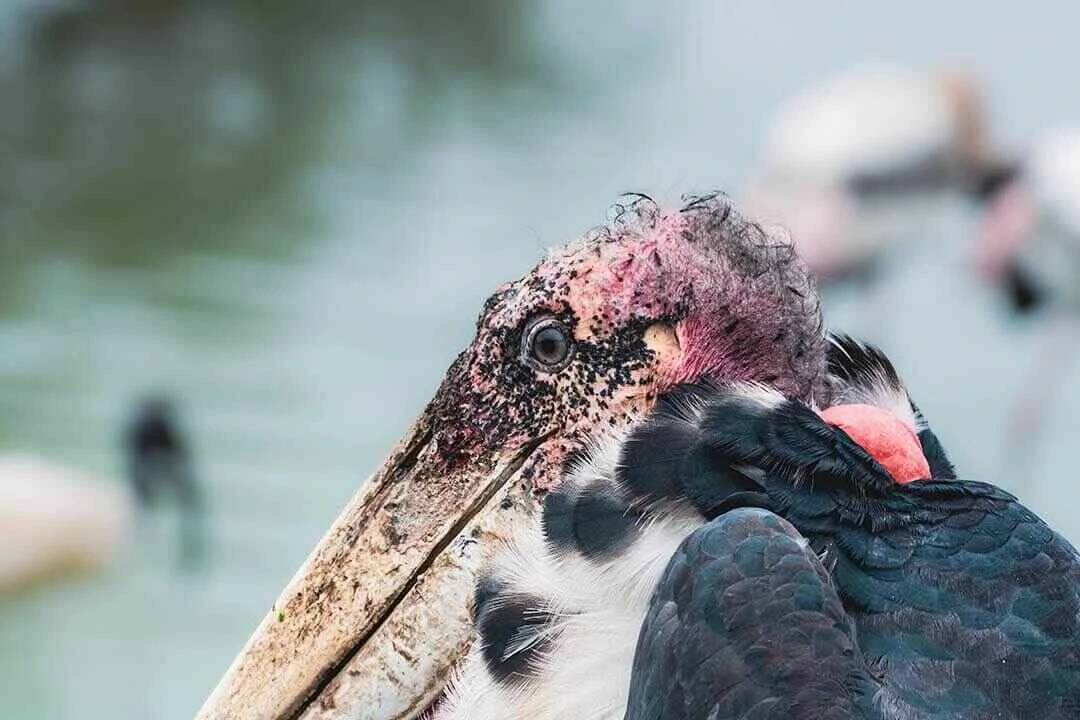
Rubondo main island holds a wide variety of other species, including huge breeding colonies of four species of Ploceus weavers and a relatively dense population of Circaetuscinerascens which are rare in East Africa.
Read More
An estimated numbers of bird species recorded from the park vary from 458 to 505. Glareolanordmanni and Apaliskaramojae, are of global conservation concern. Ardeolaidae is a regular visitor in low numbers. The status of Circus macrourus is described as locally common.
Read More
There is no species list for the park; the total is likely to exceed 450 species. Globally threatened species include Falco naumanni, which occurs in flocks of hundreds in April, following the start of the rains when invertebrate food-supplies are abundant and the park provides secure roost-sites.
Read More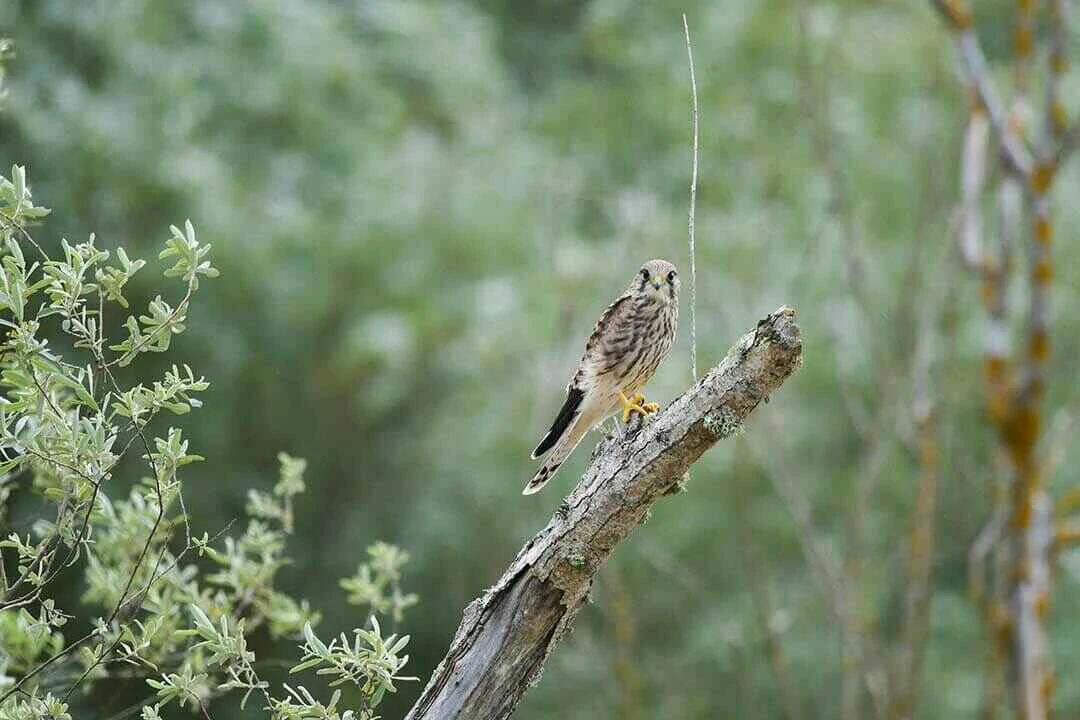
There are sightings of birds like Xenoperdixudzungwensis from near Mount Luhombero, in the park. Circaetusfasciolatus is resident at low densities in low altitude forest at the foot of the east-facing escarpment
Read More